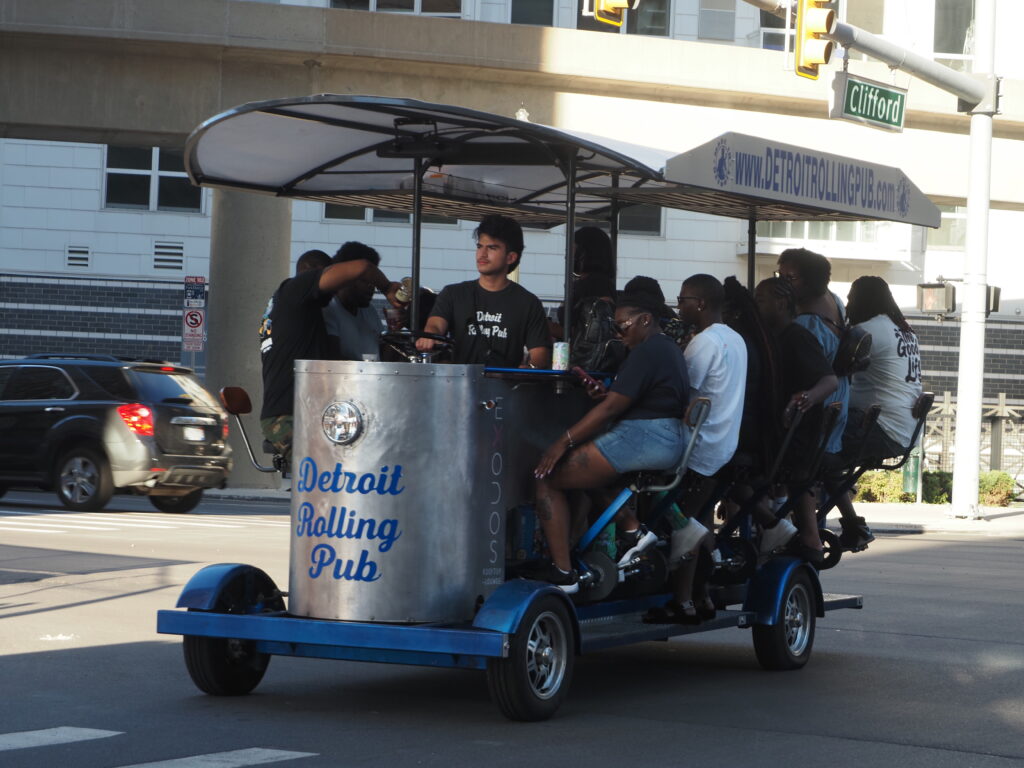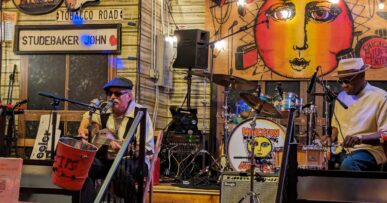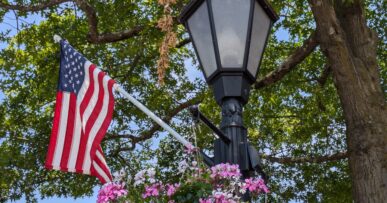Detroit: Drab, Dingy, Dilapidated, Deserted and Dangerous?
by Marjie Courtis
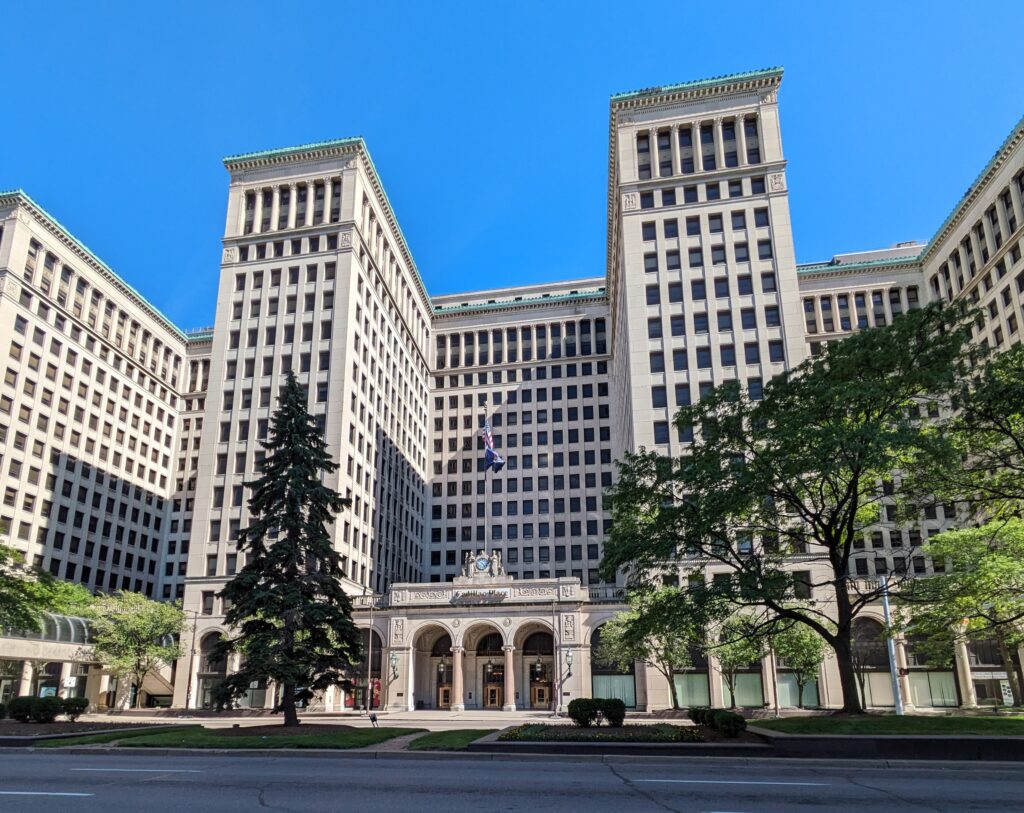
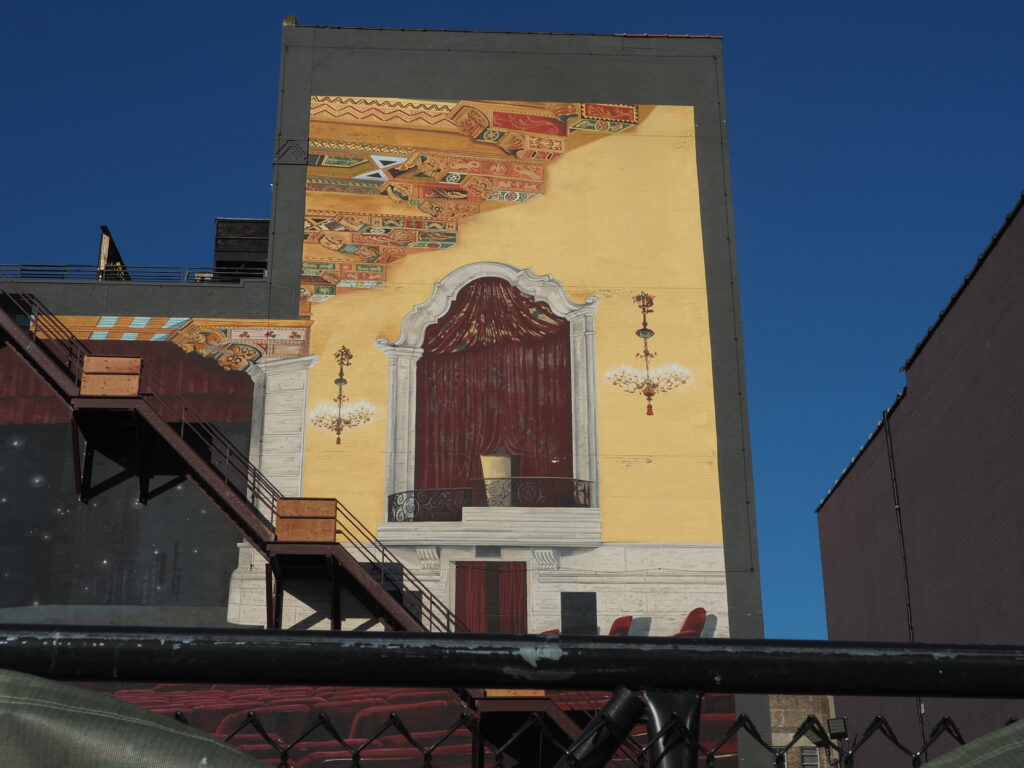
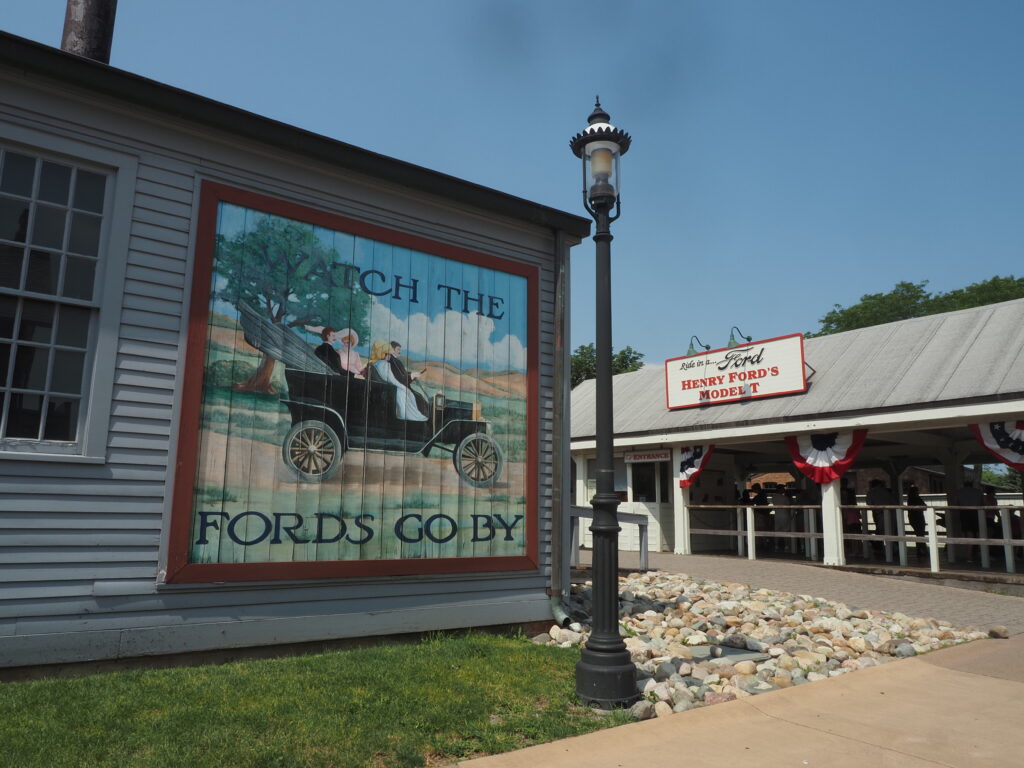
“Why are you going to Detroit?” It was the question Australians kept asking me before I left. And it was the same question that Americans asked me when I arrived.
Yes, I’d heard the stories. It’s a run-down, abandoned city. All the industry has disappeared. It’s drab, dingy, dilapidated, deserted and dangerous. There’s a high crime rate. I’d even heard “there’s nothing there”.
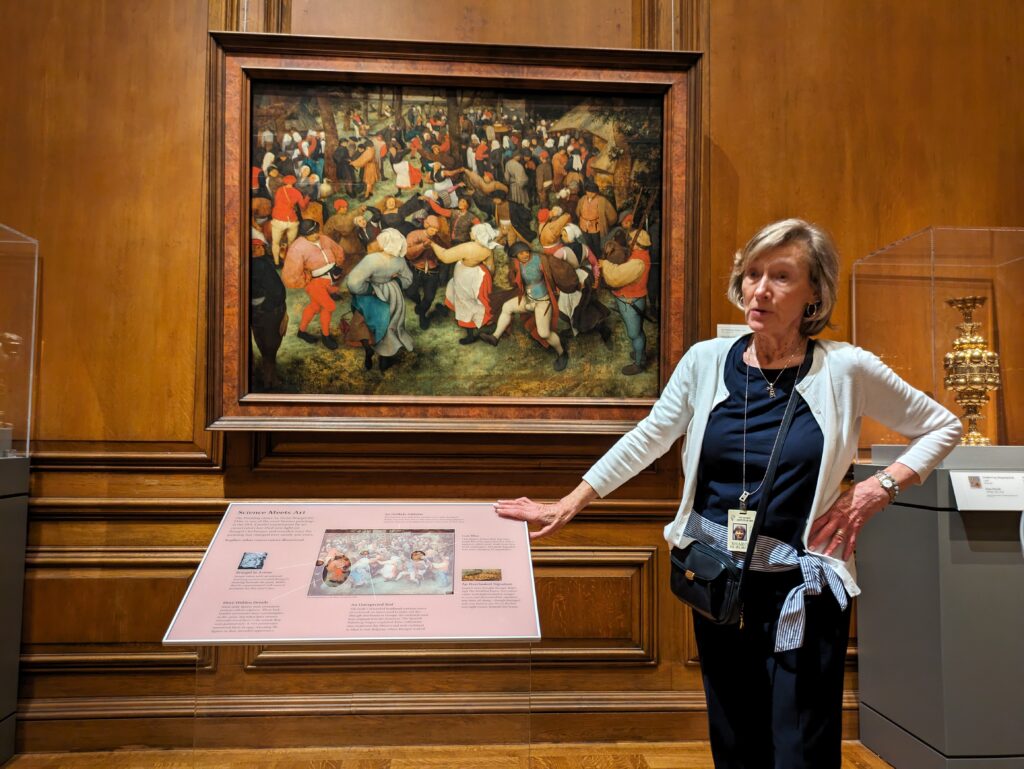
Photo Marjie Courtis
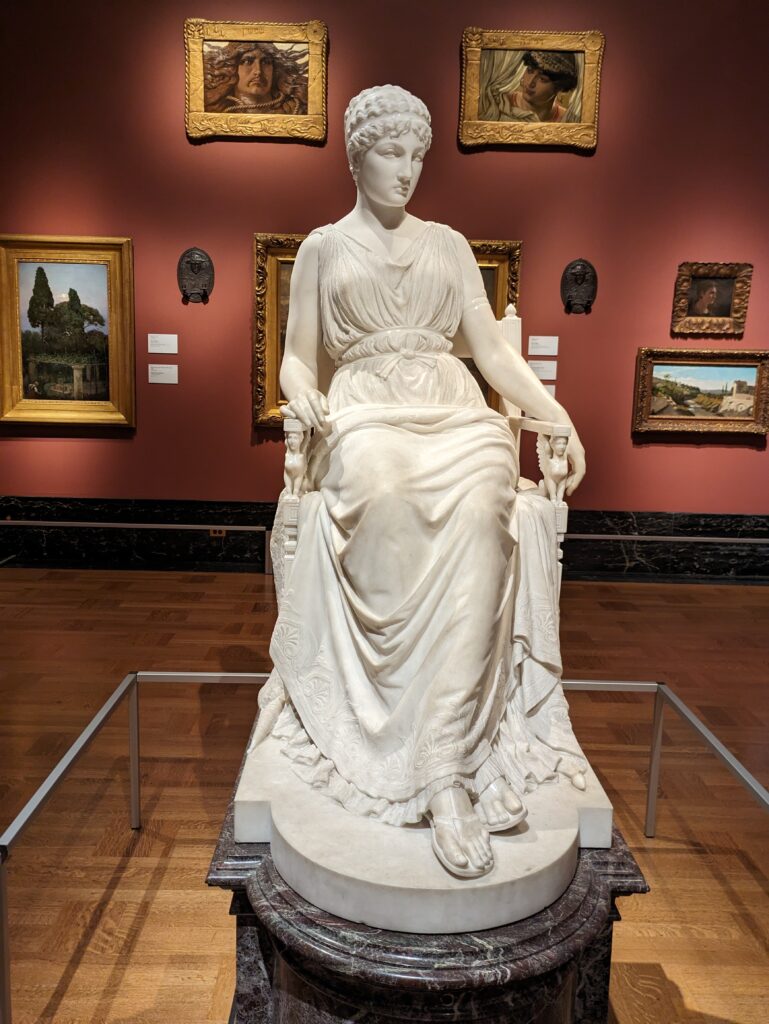
Photo Marjie Courtis
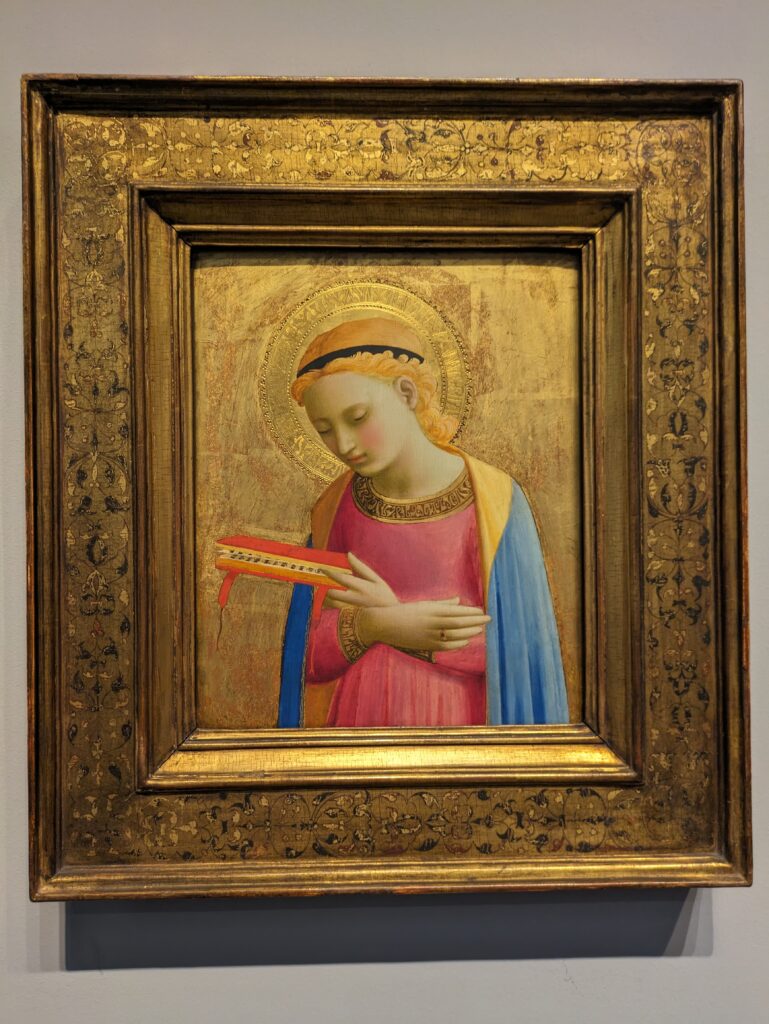
Why was I going to Detroit, Michigan? I started with four reasons:
- I wanted to see Diego Rivera’s mural in the Detroit Institute of Arts (DIA). I’d seen a partial replica in Adelaide, South Australia last year at a Frida di Kahlo exhibition. And I’d read a few good reviews about the whole gallery.
- It was the home of mass production in the automobile industry. Haven’t cars been an important, albeit polluting, part of our lives? Shouldn’t I see where it all happened? Shouldn’t I visit The Henry Ford, the factory where mass production of the Model T Ford began? (Strictly speaking, this is in the adjoining city of Dearborn.)
- As Motor City, or MoTown, wasn’t it the place where a really important “Motown Sound” produced music from 1959 to 1972, before moving its headquarters to LA and becoming the largest black-owned corporation in the World? Why wouldn’t I want to get the vibe from the very place where it all started? Why wouldn’t I want to visit the Motown Museum?
- It may have been a city of a past era, but I had a hunch it was fast becoming a city of a future era. I’d read about a neighborhood centered around The Belt, a groovy city laneway, and one thing I just had to do was check it out. After all, groovy city laneways are home turf for people from Melbourne like me.
When I was there, I discovered new reasons for visiting Detroit and modified my expectations. My highlights ended up being a positive feeling about Detroit. There was something immediate and human about it. It was unpretentious and open. The people were very friendly. The streets, laneways and walkways were colourful and arty and yet down-to-earth. The Detroit Institute of Art was an excellent art museum. “The Henry Ford” was about American innovations and history, not just Ford cars.
Friendly people
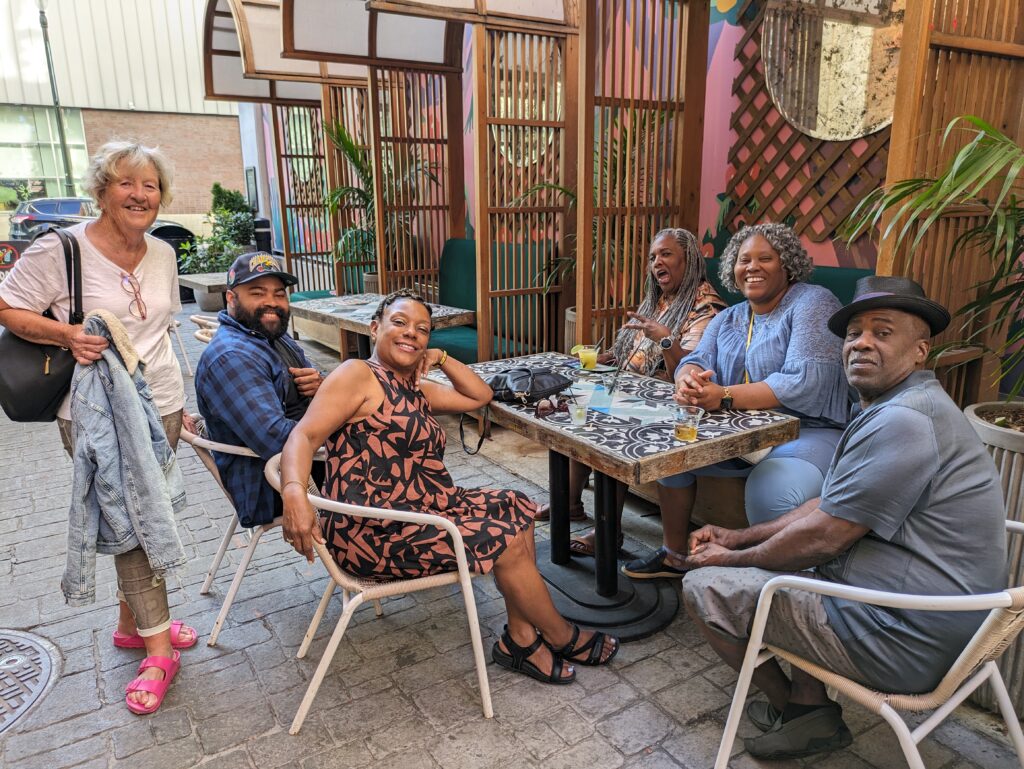
Photo Marjie Courtis
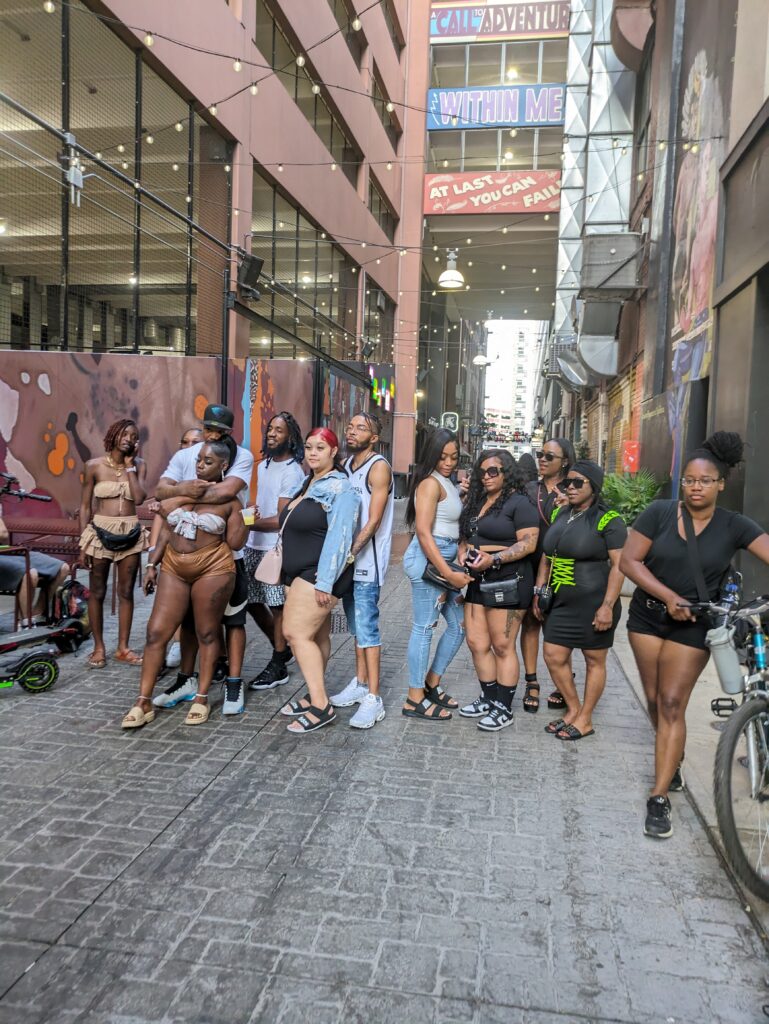
Photo Marjie Courtis
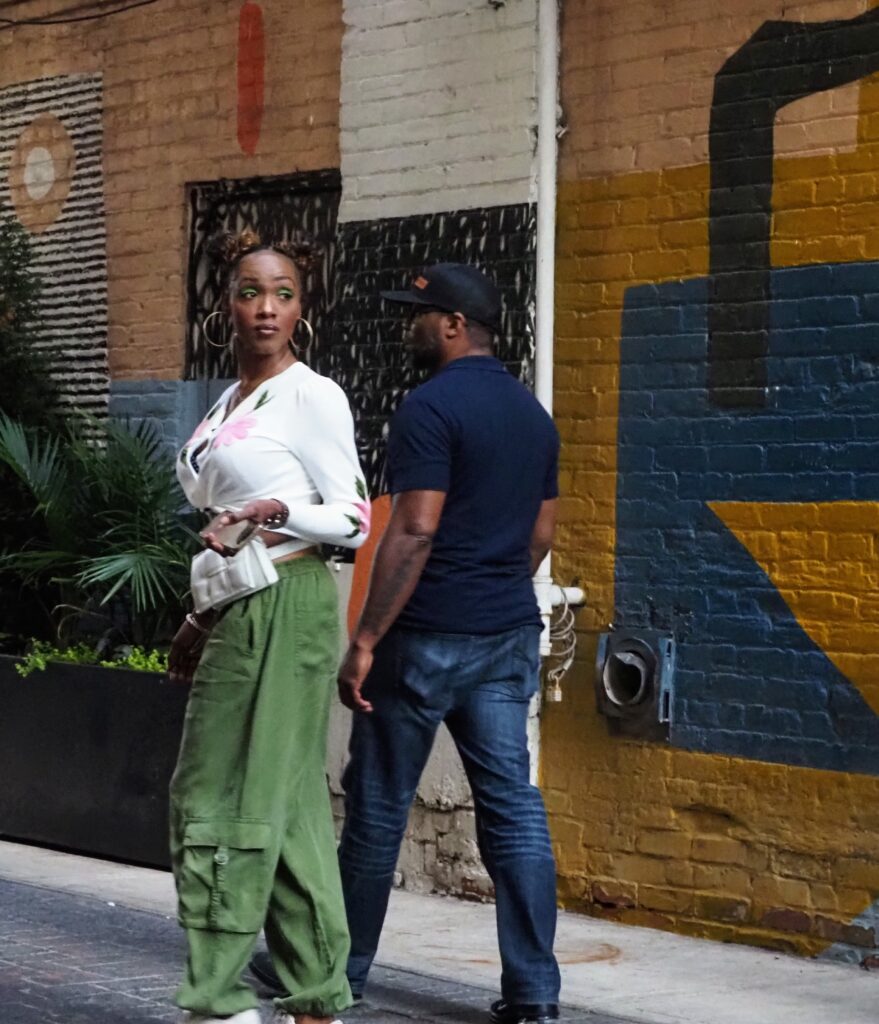
Photo Marjie Courtis
Interactions with people are one of my main drivers for travel. They are so often particular to their location.
The people I met, often on the street, were very friendly. I didn’t feel threatened there. Sure, I occasionally found myself in a place that I found a little too quiet and deserted. It was usually my fault for trying to walk from a populated area instead of paying for an Uber. So then I just needed to head for a more populated area. With a fair few travel miles under my belt, I do think of myself as street-smart and I am always careful. But I was overwhelmed by the friendliness of the people.
Perhaps Detroiters were particularly friendly because tourists are a little scarce. With so many people questioning me about why I was going there, you can appreciate that it wasn’t overrun with tourists. And my friend and I were in an even smaller minority, being Australian.
Three situations stand out. Firstly, we went to The Belt for cocktails and food. The cocktails – magnificent. The laneway – relaxed, lightly festooned and decorated. The food – less accessible as the lane was at the back of many restaurants. But the people! So pleased to see us whether they were serving the cocktails or simply enjoying them. We had a cheeky discussion with a group of Detroiters and felt happy. The barman had come for a visit, had loved Detroit and stayed. The people in this laneway gave us a feeling of momentum and pride in this resurgent city. People were stepping out with their friends and constantly stopping for photos and smiles.
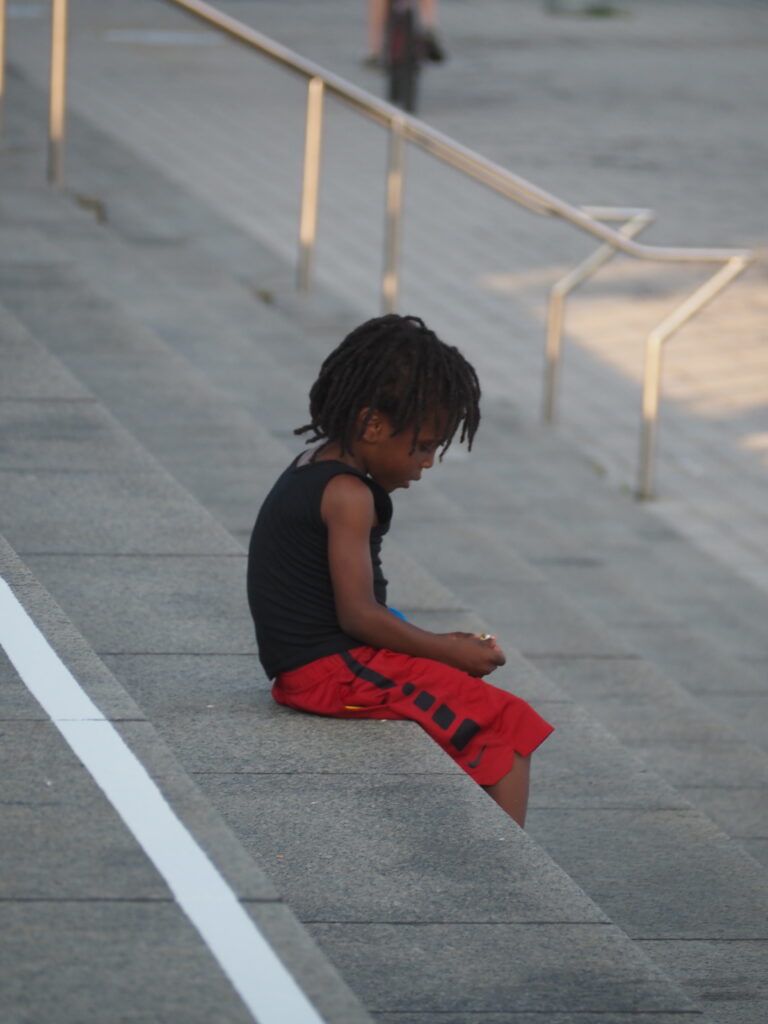
Photo Marjie Courtis
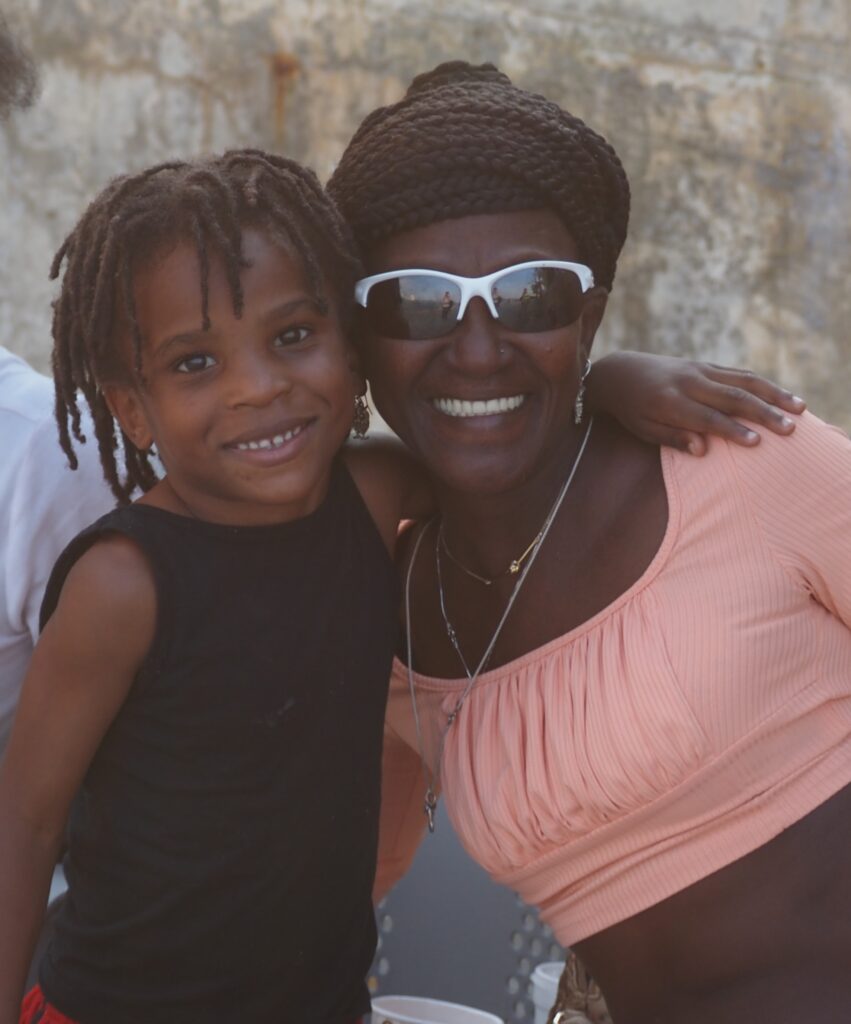
Photo Marjie Courtis

Photo Marjie Courtis
Secondly, we went to the Riverwalk, along the Chicago River. Walkways are good for people-watching. Mennonite or Amish women, apparently visiting town for Bernina sewing classes, ambled along with their chaperones. Jet-ski riders rode madly along the river making dangerous maneuvers. The Canadian town of Windsor, Ontario looked at us from across the very wide river. Many photos were taken by people out and about. Some just walked, because after all, that’s what a Riverwalk is for. But I was attracted by a photogenic little boy sitting on the steps. We ended up chatting with his aunt and his grandmother. The grandmother spilled her beans. She had experienced a tough life, caring for her disabled daughter and various grandchildren from her other children who “just keep having babies.” But so happy! And so happy to chat with us.
Thirdly, I came across a couple of young men on bicycles, They were probably Arabic. I was perhaps a little wary. But again, they were friendly. They explained their love of Detroit. While one was confiding in my friend that he would never have sex before he was married, the other was explaining to me how to have an automatic photo taken and delivered by the back-lit digital kiosk.
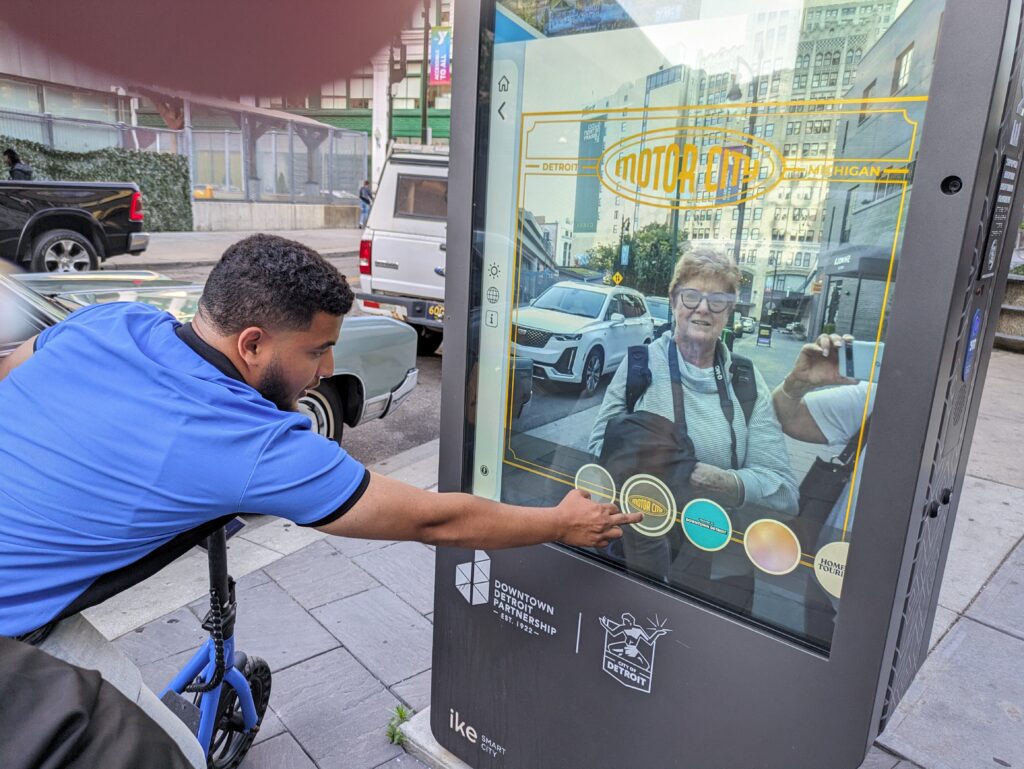
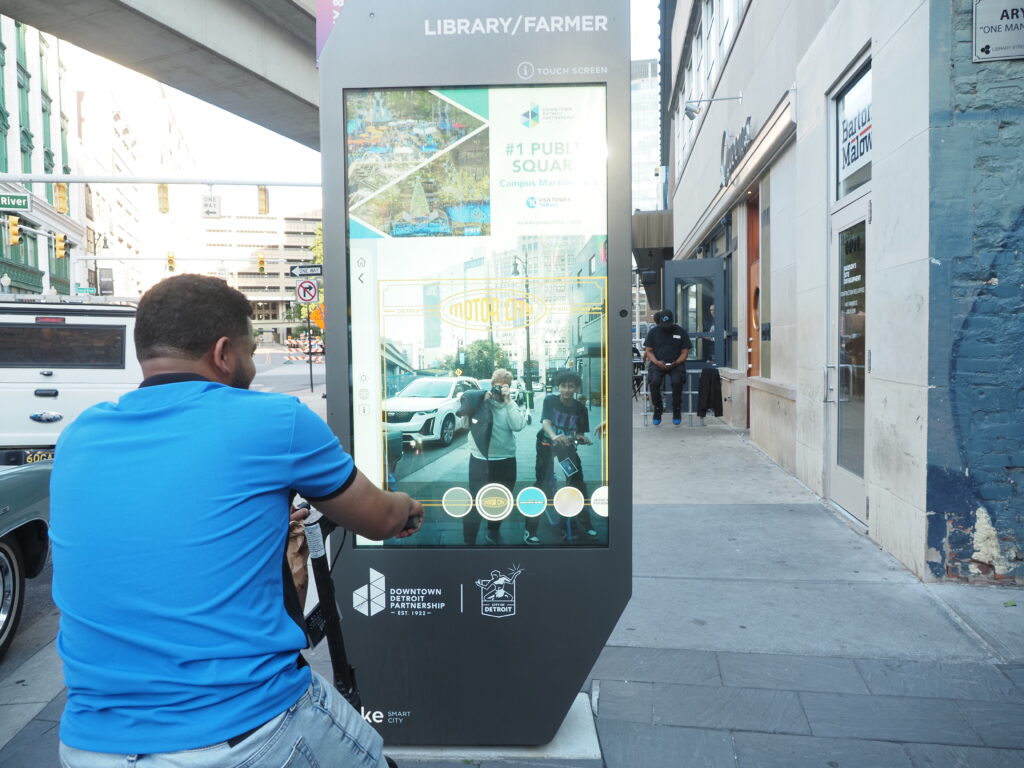
I hadn’t worked it out until I read the population statistics. It turned out that in Detroit, the population is more than eighty per cent Black American, reflecting an older inward migration from the South of the USA and a later outward migration by White Americans. So while we met a number of White Americans at say, the Detroit Institute of Arts, the people we met in The Belt or on the Riverwalk, were mainly Black. And the teenage boys would have represented the 7 to 9 per cent of the local population who are Arabic. The nearby Dearborn is home to numerous Arabic restaurants, especially Yemeni restaurants. As we found, cocktails are relatively scarce there.
The Henry Ford
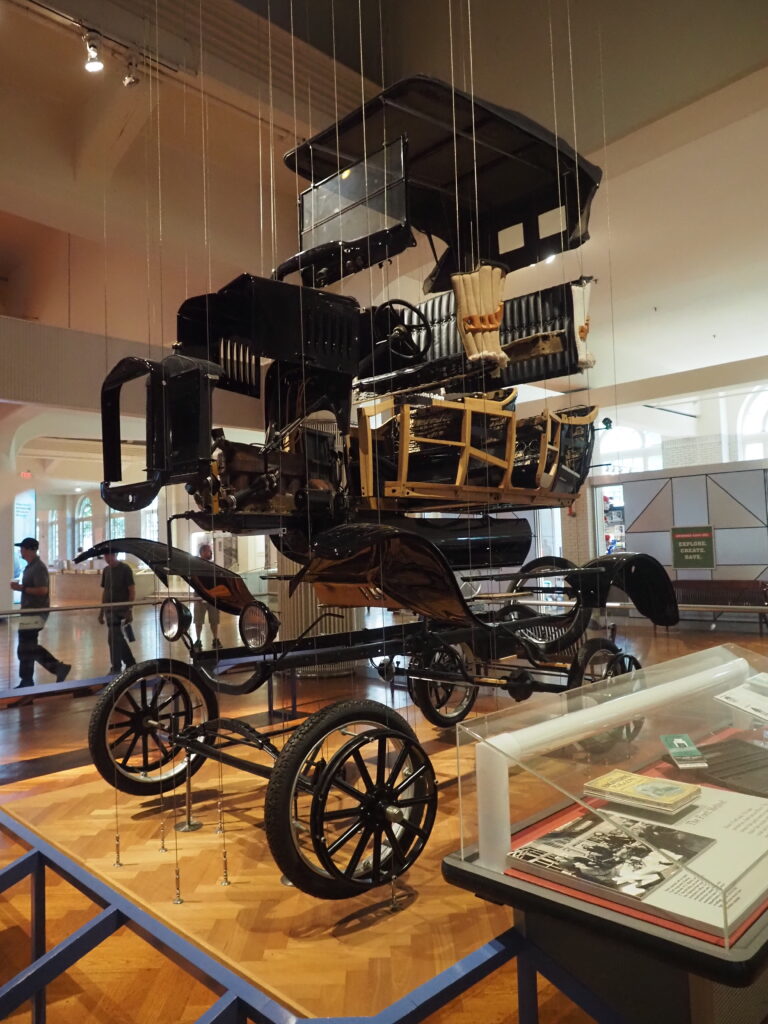
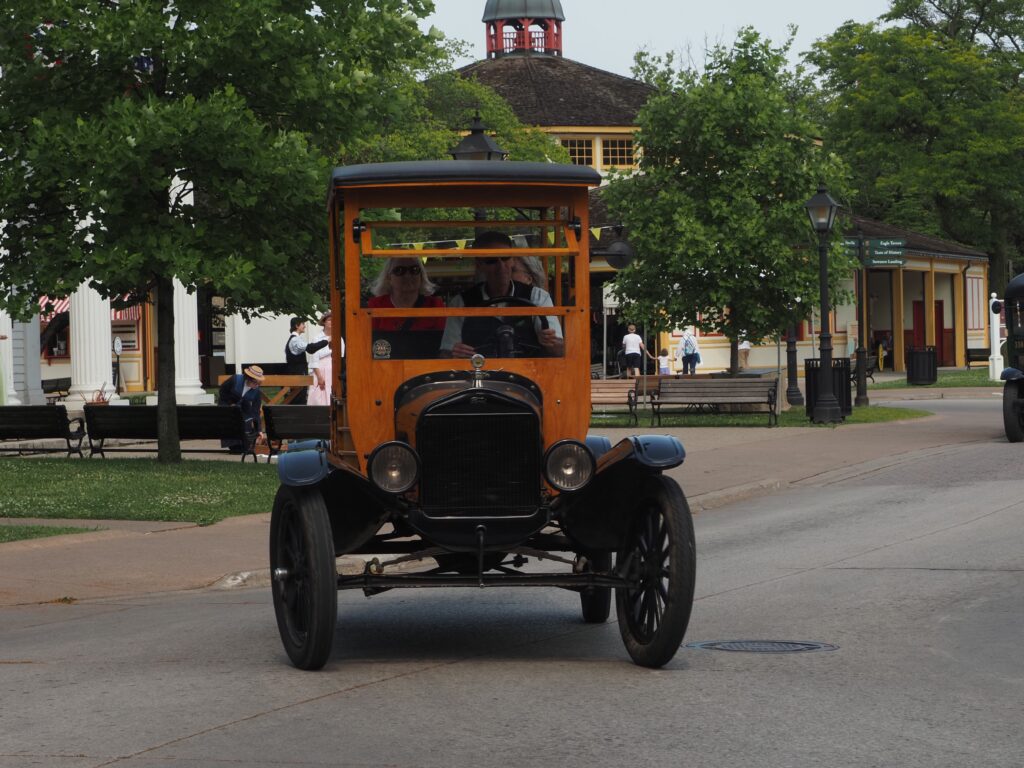

I thought it would be a car museum. Yes, there were many cars and there was an excellent example of a disassembled Model T Ford hanging from the ceiling. But it was a lot more. It was really an Americana museum, of a very representative kind. It included historic and garish neon signs, dignified cars and horse-drawn carts of Presidential motorcades, a bus made famous by Rosa Parks who refused to vacate her seat for a white passenger in the 1960s and mini galleries showcasing many aspects of American-led modernism. The reconstructed Greenfield Village behind the museum building was once a school founded by Henry Ford. Unsurprisingly there was a tendency for host guides to sing only praises for him. There was both reconstructed and re-created housing and other architectural features from a largely 19th century rural landscape. A steam train took us around, artisanal craft workshops were re-created, taverns were experienced and Model Ts abounded as the tourists took their joy rides. I already had a full day scheduled at The Henry Ford and its associated village, so I missed the tour of the truck assembly line.
It was an Uber trip to The Henry Ford. If there was public transport, it eluded me.
MoTown Museum
I thought it was a must to visit the former recording studio that launched now-famous names like Diana Ross and The Supremes, Marvin Gaye and Stevie Wonder. Alas, all the other visitors to Detroit that day wanted to visit and I couldn’t gain entry beyond the foyer. I had to satisfy myself with the peripheral view and my “Motown Essentials” list from Apple Music.
A new site is planned for the Motown Museum but I’d still recommend that you book well in advance. I’m very sorry that I missed the photos, the anecdotes, the gold records and the mood of a tiny space that launched incredible musical careers. It would have been a better opportunity to celebrate the Black Music of Motown.

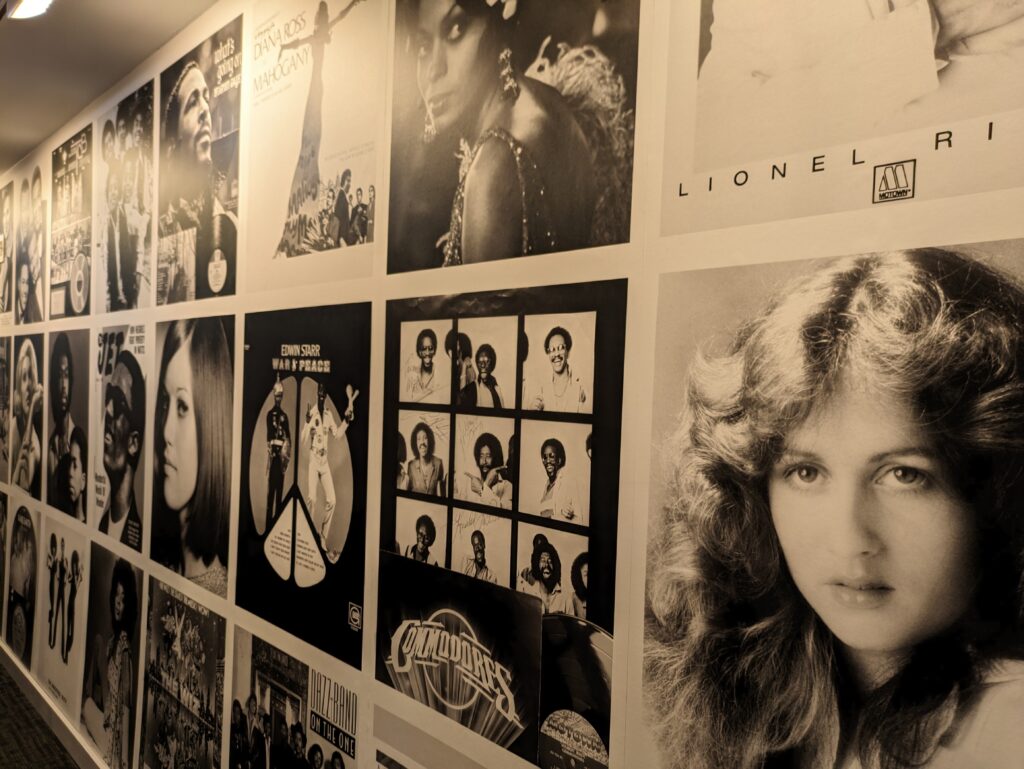
The Detroit Institute of the Arts
Although I went for Diego Rivera’s mural, I knew I was going to see much more. Here the staff and volunteer guides (“docents” in the lingo of the United States) oozed with pride in the collection and their city. We heard a number of times that the Institute had won USA Today’s Most Popular Art Museum in its 2024 survey. Maybe it had fewer masterpieces than the Chicago Institute of Art which I’d visited a few days earlier, but it yielded numerous surprises, and its smaller rooms made the wonder of the artworks a more intimate experience for me.
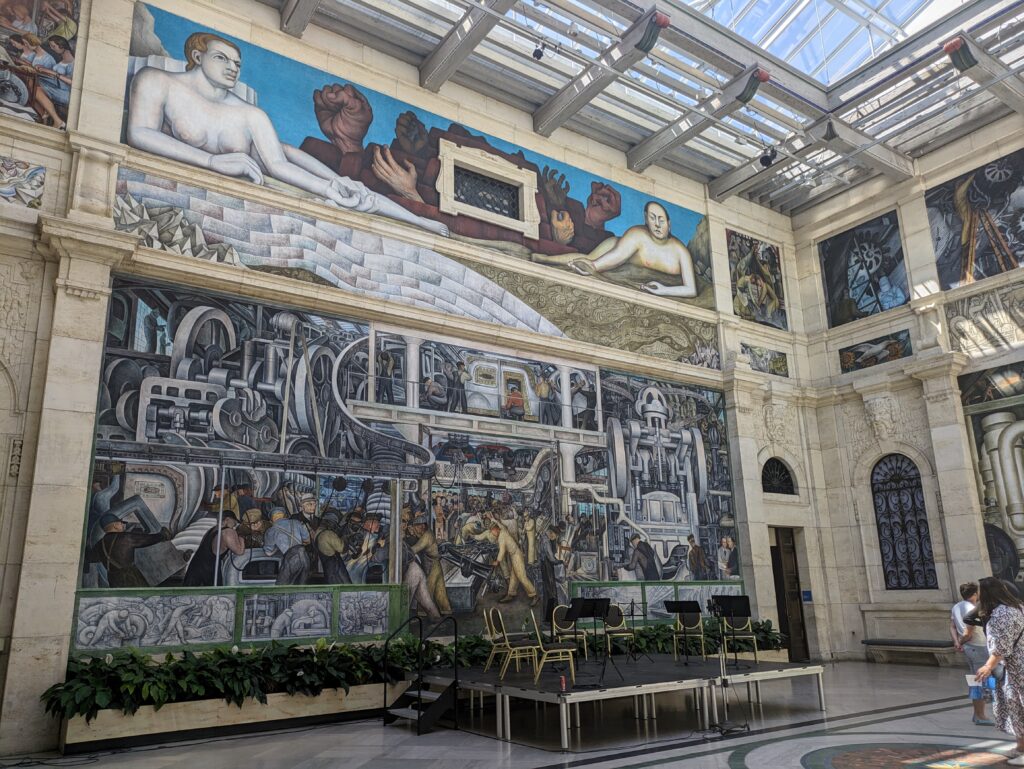
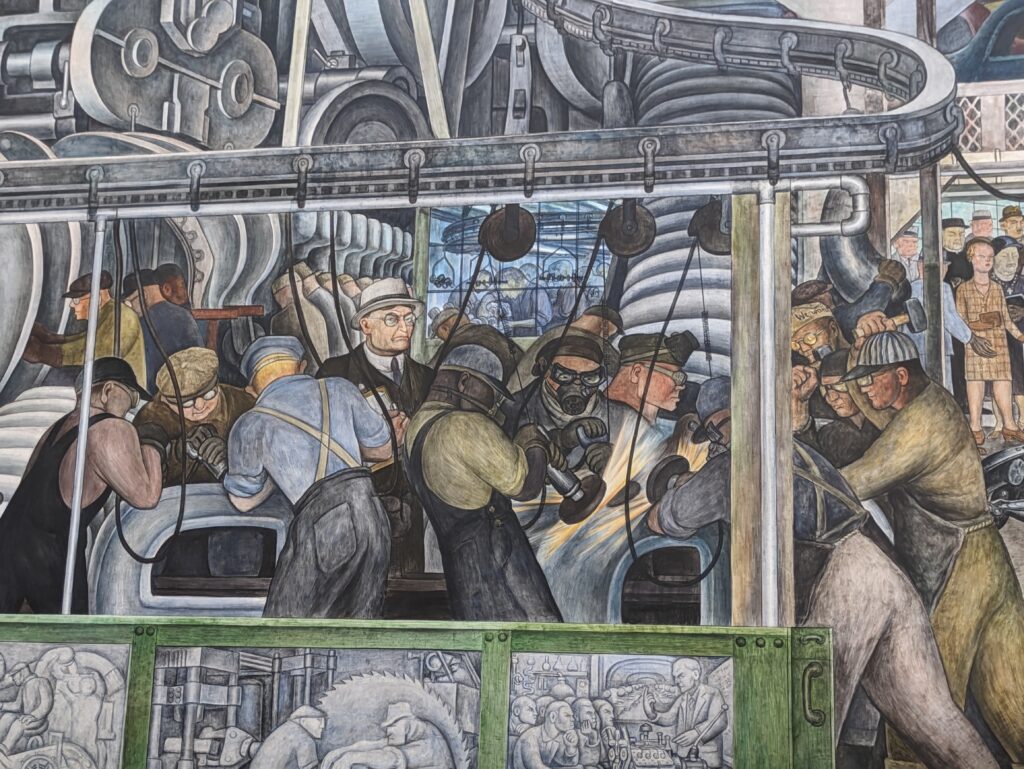
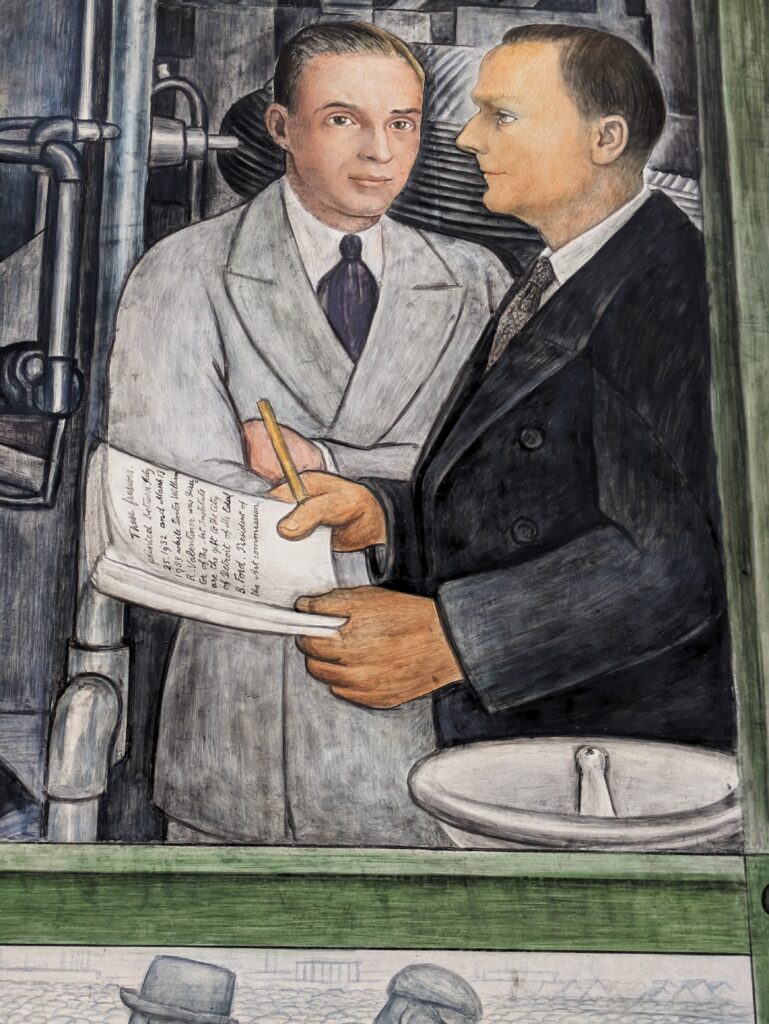
The curious geography of Detroit
Which country to the South of Detroit, is the closest in proximity ? I expect your response is “Mexico?” It’s wrong!
The country to the South which is closest to Detroit is Canada! From the Riverwalk along the Detroit river, we were looking south to a Casino town of Windsor in Canada, because of the peculiar twists and turns of the land along the winding Detroit River and Lake St Clair. Canada doesn’t envelop Detroit but it does abut it at several unexpected points. There was no need to visit Canada of course. We had Detroit.
Street Art. Street Color.
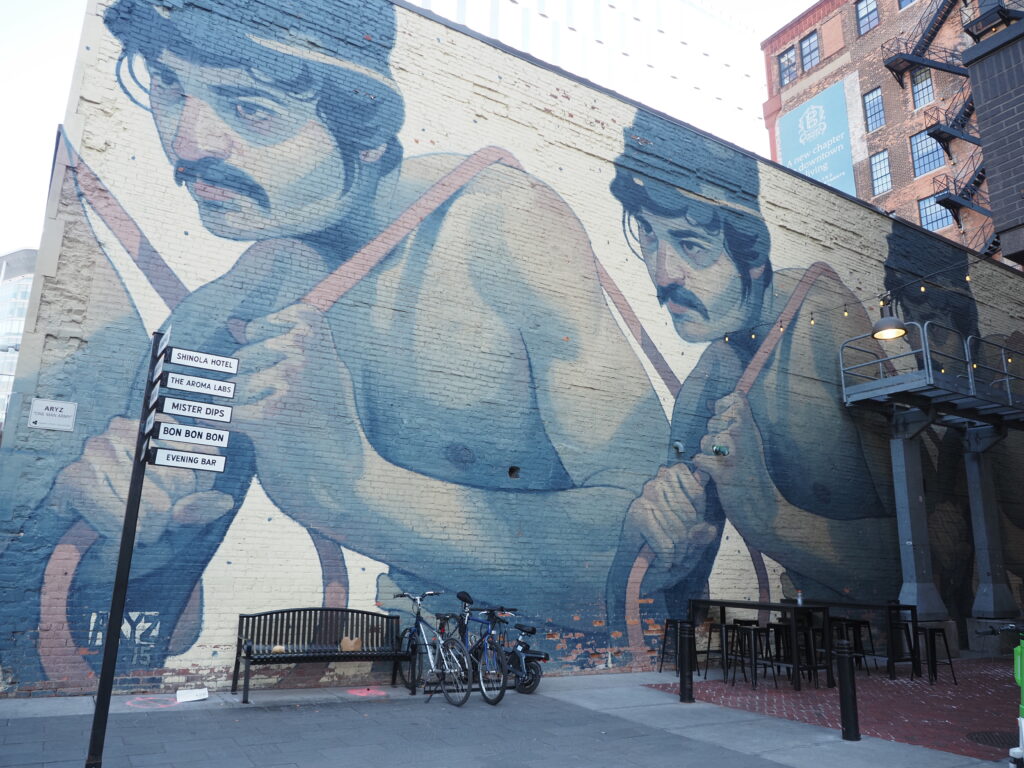
Photo Marjie Courtis
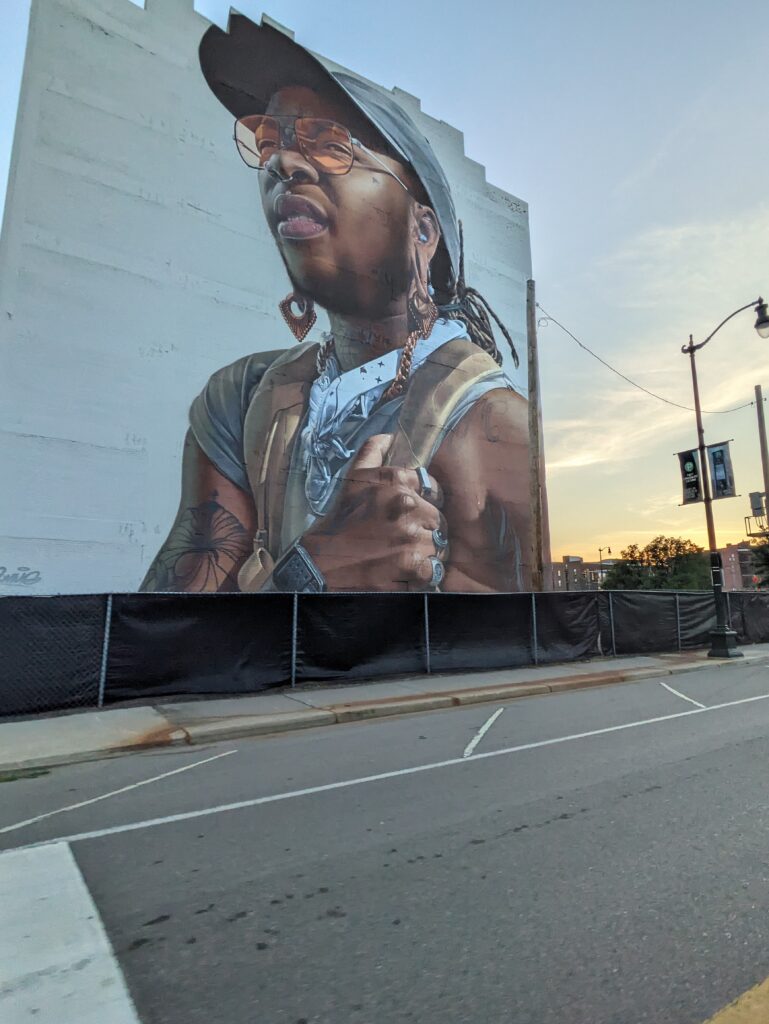
Photo: Marjie Courtis
According to the website Find Murals and Street Art , there are 993 murals in Detroit. OK, it doesn’t compare with 8859 murals they list for Chicago, but they were enough to impress me. This stems partly from deliberate action by the Library Street Collective this century to re-vitalize Detroit with murals from international artists. They abound and I saw works from Australia-born artist SMUG and Barcelona artist Aryx. Others may not have made it to street art websites, but they made their way into my heart … because they seemed so heartfelt themselves. Library Street Collective is also behind The Belt Laneway project and seems to be a major revitalising force in Detroit.
Another surprise on the city streets, were little cruising pub vehicles. They were serving drinks, while patrons perched on stools, too close to passing cars to appeal to me. I thought it was a cocktail for a a disastrous accident.
I did see crumbling buildings, including some that were half-demolished. I saw empty blocks and deserted streets. But essentially, Detroit is a place to celebrate Black Lives it seems to me. Detroit has rhythm! Detroit has attitude!
Why wouldn’t you visit Detroit?!
